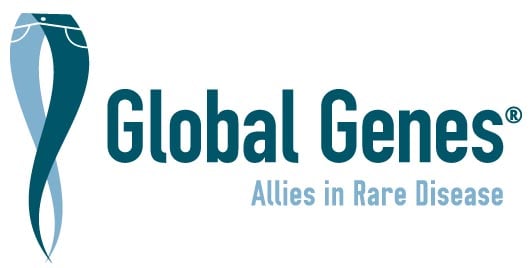Syringocystadenoma papilliferum
Synonyms: Fistulous vegetative verrucous hydradenoma | Naevus syringocystadenomatosus papilliferus | Papillary syringocystadenoma | SCAP | Syringadenoma papilliferum
A rare non-malignant adnexal neoplasm that originates from the apocrine or eccrine sweat glands and is characterized histologically by cystic papillary and ductal invaginations into the dermis lined by double-layered outer cuboidal and luminal high columnar epithelium and connected to the epidermis. Dilated capillaries and a dense infiltrate of plasma cells are characteristic. Clinically lesions are asymptomatic with a heterogeneous non-distinctive appearance ranging from skin-colored to pink papules or plaques occurring most commonly in the head and neck area.
Data from Orphanet are used to provide information on a disease's name, synonym(s), and overview.
Reference: Access aggregated data from Orphanet at Orphadata.
Orphadata: Free access data from Orphanet. © INSERM 1999. Available on http://www.orphadata.org. Data version April 2024
Newly diagnosed with
Syringocystadenoma papilliferum?
Our RARE Concierge Services Guides are available to assist you by providing information, resources and connections as you navigate your rare disease journey.
Advocacy Organizations
Help Hope Live
Help Hope Live assists individuals living with catastrophic injuries and illnesses to fundraise toward their medical expenses and related costs.
My Faulty Gene
My Faulty Gene is a nonprofit organization which provides information and assistance to any individual whose family medical history suggests genetic testing might be helpful in identifying an increased risk of disease due to a genetic mutation. We believe that everyone in need of genetic testing should have access to it.
My Little Sunshine Foundation
My Little Sunshine is a non-profit foundation dedicated to educating people about the importance of fertility preservation and making fertility resources accessible to all.
SALUS
Educate and provide resources to POC with Rare Cancers
Syndromes Without A Name (SWAN) Australia
Provide information, support and advocacy to families caring for a child with an undiagnosed or rare genetic condition.
Clinical Trials
For a list of clinical trials in this disease area, please click here.
